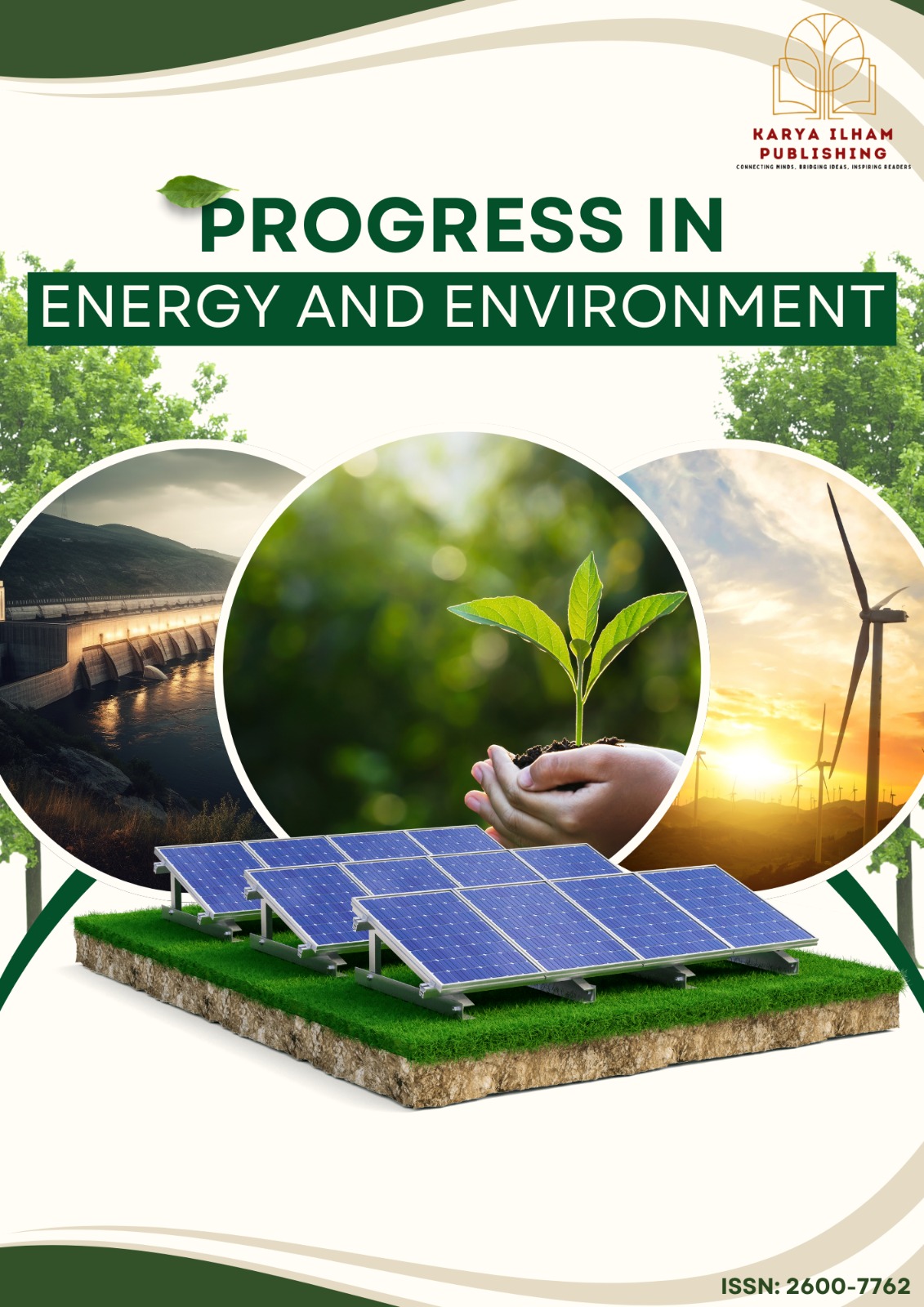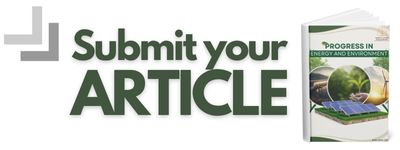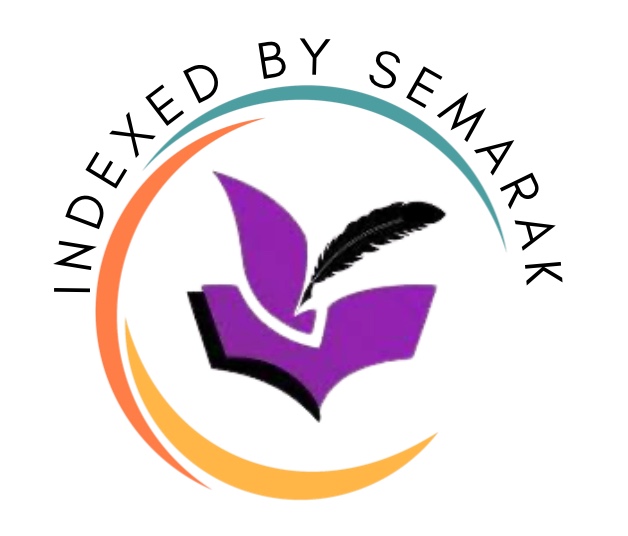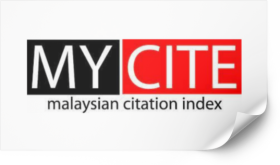A Conceptual Paper on Major Defects for Residential Buildings Near the Coast in Penang, Malaysia
Keywords:
Defect Rectification, Coastal Buildings, Residential Maintenance, Cost-effective, SustainabilityAbstract
Residential buildings in coastal areas are often exposed to harsh environmental conditions, leading to recurring structural defects and accelerated deterioration. This study focuses on identifying and evaluating effective strategies for defect rectification in residential buildings in Penang, Malaysia’s coastal regions. The research examines common defects, their root causes, and the efficacy of existing mitigation strategies through building condition surveys, expert interviews, and case study analyses. The findings provide actionable recommendations for cost-efficient and sustainable rectification practices, addressing immediate repair needs and long-term building durability. The outcomes of this research contribute to enhancing maintenance management practices and ensuring the resilience of residential buildings in similar coastal environments.
References
[1] S. Wahab, Y.T. Lim, and C.W. Tan, Building Defects in the Coastal Environment of Malaysia: An Investigation of the Main Agents and Contributing Factors. Journal of Coastal Urban Studies 15 (2023) 45–60. https://doi.org/10.6007/IJARBSS/v13 i4/16773.
[2] Z. Hanafi, H. Omar, and M. Rahman, The Impact of Coastal Environments on the Durability of Building Materials: A Case Study in Southeast Asia. Journal of Building Materials Research 12 (2018) 215–229.
[3] M.A.O. Mydin, H. Awang, and M.A. Roslan, Durability Performance of Materials in Coastal Residential Buildings in Malaysia. International Journal of Sustainable Construction 7 (2012) 112–121.
[4] A.M. Faqih, N.A. Hashim, and R. Ismail, Maintenance Management Challenges in Public Buildings: A Study in Penang, Malaysia. International Journal of Building Management 9 (2020) 98–107. https://doi.org/10.1057/jba.2008.27.
[5] Y. Kim, and W.-G. Lee, Seawater and its Resources, in: Seawater Batteries: Principles, Materials and Technology, Springer Nature, Singapore (2022) 1–35. https://doi.org/10.1007/978-981-19-0797-5_1.
[6] J. Georgiou, Verification of a Building Defect Classification System for Housing. Structural Survey 28 (2010) 370–383. https://doi.org/10.1108/02630801011089164.
[7] L.S. Pheng, and D. Wee, Impact of ISO 9000 on the Reduction of Building Defects. Architectural Science Review 44 (2001) 367–377. https://doi.org/10.1080/00038628.2001.9696917.
[8] B. Rhodes, and J.J. Smallwood, Defects and rework in South African construction projects, in: Proc. Royal Institution of Chartered Surveyors, 2002, pp. 5–6.
[9] H.M. Isa, F. Hassan, and R. Takim, Manipulating Data from Defects Liability Management System and Their Impact on Hospital Project Variables, in: Research to Practice Conf. MCrp, 2012, pp. 505–515. https://doi.org/10.1109/ISBEIA.2011.6088825.
[10] A.L. Olanrewaju, M.F. Khamidi, and A. Idrus, Sustainability in the Context of Maintenance: Building Defects in the Malaysian University Campuses, 2010. http://scholars.utp.edu.my/id/eprint/2868.
[11] C. Pereira, I. Flores-Colen, and M.P. Mendes, Guidelines to Reduce the Effects of Urban Heat in a Changing Climate: Green Infrastructures and Design Measures. Sustainable Development 32 (2024) 57–83. https://doi.org/10.1002/sd.2646.
[12] M.A. Hassanain, A.-M. Al-Hammad, and F. Fatayer, Assessment of Architectural Defects Attributed to Lack of Maintenance Feedback to the Design Team. Architectural Science Review 57 (2014) 132–138. https://doi.org/10.1080/00038628.2013.783459.
[13] Y.L.M. Chew, Building Facades: A Guide to Common Defects in Tropical Climates, World Scientific, Singapore (1998).
[14] S.A.A. Kubba, Architectural Forensics, McGraw-Hill, United States, 2008.
[15] A.S. Azree, and F.A. Kamal, Strategies for Addressing Structural Deterioration in Coastal Residential Buildings. Journal of Structural Engineering and Maintenance 14 (2022) 203–217.
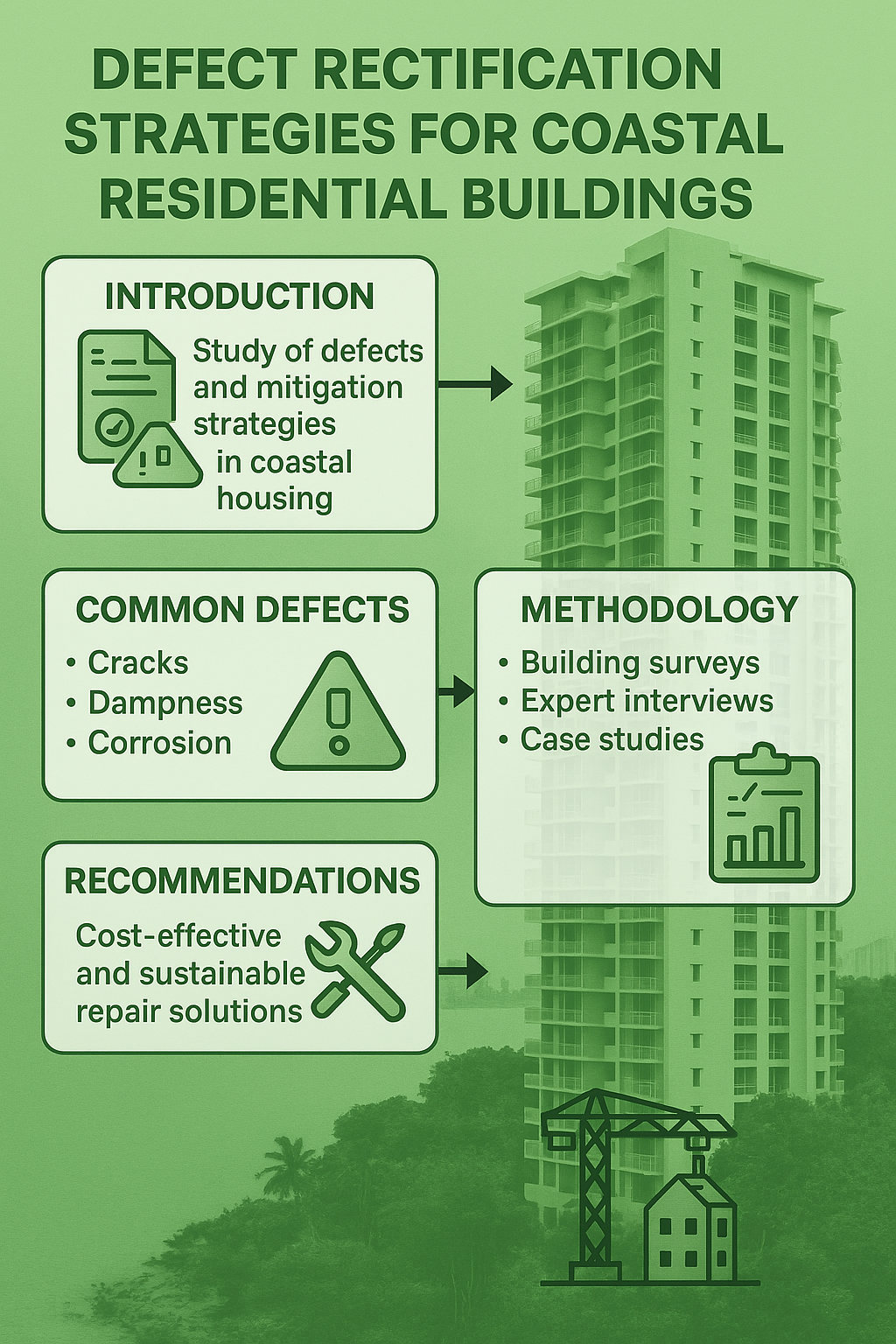
Downloads
Published
Issue
Section
License
Copyright (c) 2025 Progress in Energy and Environment

This work is licensed under a Creative Commons Attribution-NonCommercial 4.0 International License.
